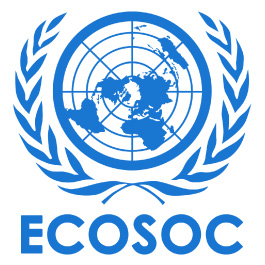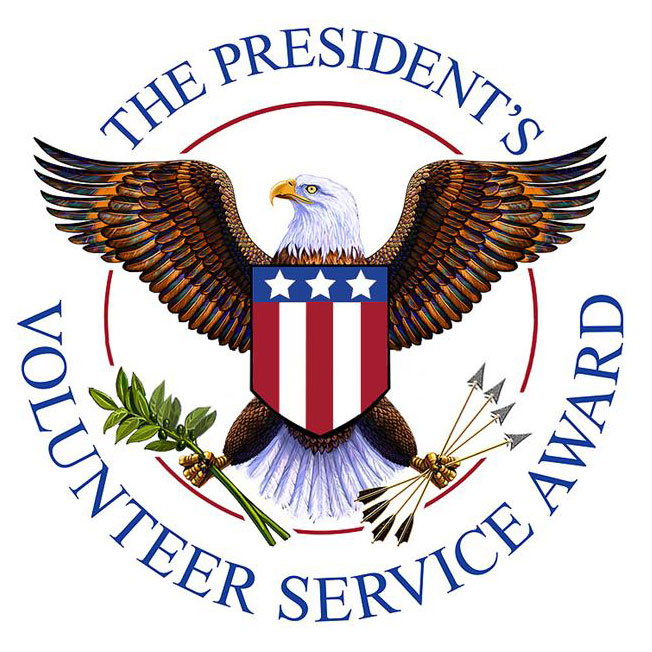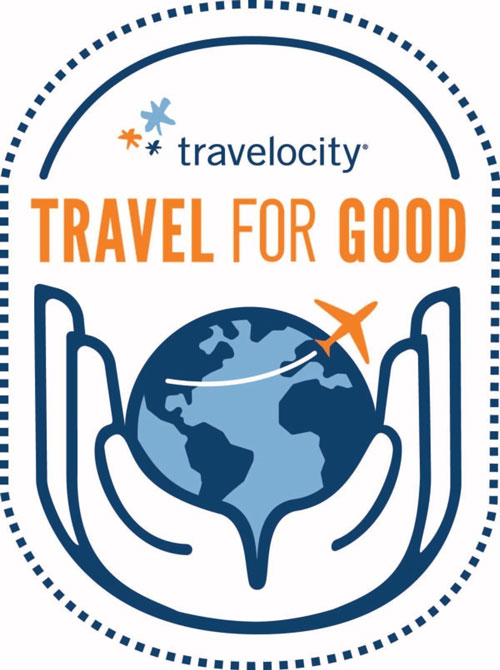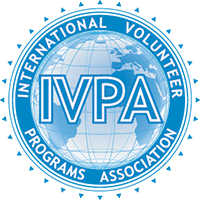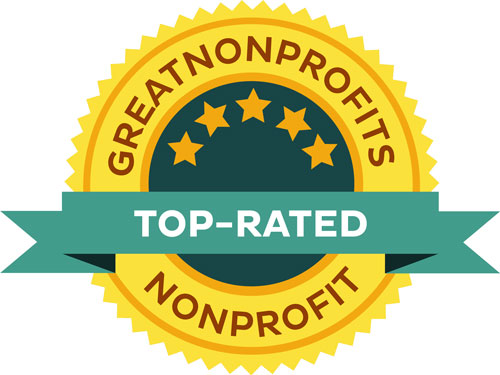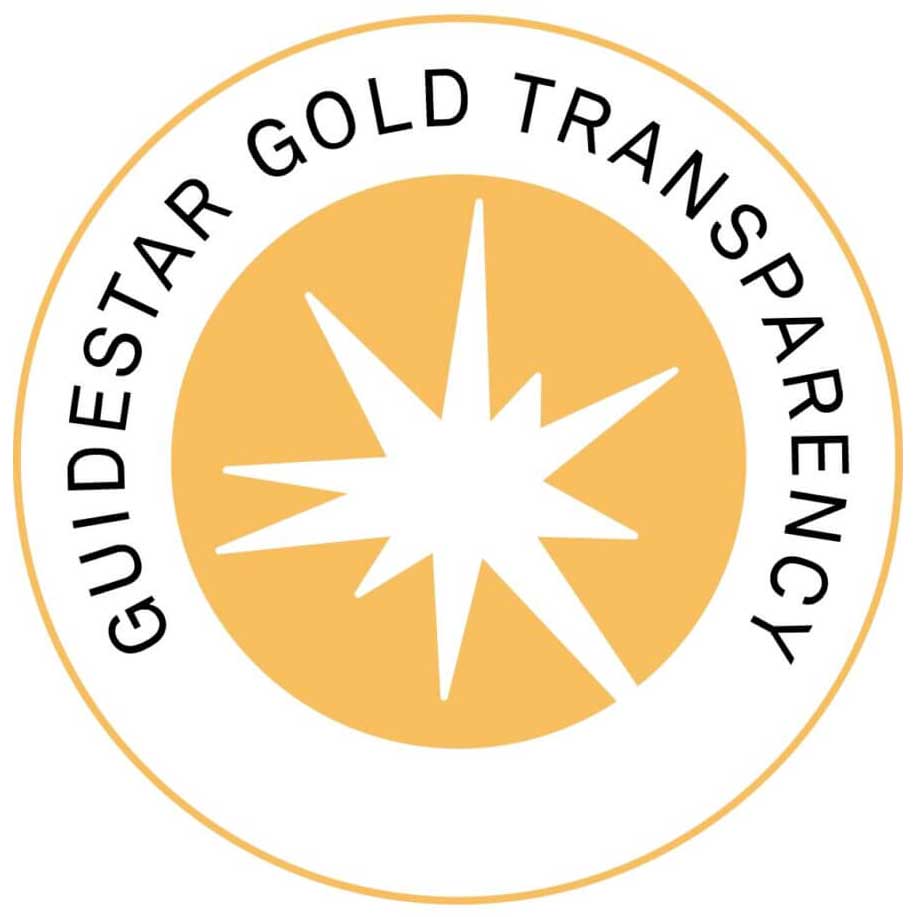Peru - Travel tips and meet up time
LanPeru/Lan Chile (we have difficulty reaching agents) http://www28.lanchile.com/ 1 800 735 5526)
TACA (sometimes require you to physically go to a US reservations office to pay with a credit card) http://www.taca.com 800-535-8780.
These domestic flights are usually overbooked, so get there at least an hour early!
Your other option is taking the bus to Cusco, though only if you have ample time. Buses leave from the new bus terminal on Prolongación Pachacútec. This is a trip over the mountains of approx. 24 hours and costs $20. It's a beautiful trek over the Andes but you'll have to cross some high passes and it's a rough, cold and windy journey. Take a blanket or sleeping bag. Please note that you are quite likely to experience altitude sickness (combined with windy roads a 'dangerous' combination!), especially when just arriving in the Andes .
The meet up time for Cusco is 11:00am . Many volunteers arrive the evening before, because most flight to Cusco are in the very early morning flights to Cusco (they leave from Lima at around 5am, 6am, 7am, 8am, etc) and are under an hour flight. So if you arrived in Cusco a full day earlier to acclimate, that's fine as well.
The airport and train stations are also where everyone knows tourists will be. Therefore those looking to take advantage of tourists will hang out there. Just give your belongings special attention at this time. Violence is not a high probability, but pick pocketing is, especially if you are showing valuables.
Because of those bizarre flight schedules, many flying to Cusco find themselves having to choose to drive to Lima for 4 hours of sleep, or staking it out at the airport. If you choose the latter, and many do, you might want to read what others have said about the Lima airport: http://www.sleepinginairports.net/casa/lima.htm
Cusco and Lima Hotels (Lima in case you end up having to spend a night there going or coming)
Cusco Hotels:
If you want a taste of luxury before the volunteer portion begins, you could stay at Hotel Monasterio (24-17777 reserlima@peruhotel.com" style="padding: 0px; margin: 0px; color: rgb(137, 115, 155); text-decoration: underline;">reserlima@peruhotel.com ). It's beautiful, expensive (about $300/night), and historic.
For less expensive (not more than $30), but still quite good and atmospheric spots: Hostal Los Ninos (23-1424 ninos@correo.dnet.com.pe" style="padding: 0px; margin: 0px; color: rgb(137, 115, 155); text-decoration: underline;">ninos@correo.dnet.com.pe ) and Hostal El Arqueologo (23-2569; www.hotelarqueologo.com reservation@hotelarqueologo.com" style="padding: 0px; margin: 0px; color: rgb(137, 115, 155); text-decoration: underline;">reservation@hotelarqueologo.com ). The former helps support street children with its revenues, the latter has a pretty nice city view, quite comfortable, and popular with Europeans. I don't feel comfortable recommending the super cheap places north of Plaza de Armas by the railway stations, because pick pocketing is a more real risk there. Globe Aware has been given special pricing with Hostal Monoaco. $16.00 for single.
For about $60 you can stay at Hotel Royal Inka I or II (23-1067, royalinka@mail.cosapidata.com.pe" style="padding: 0px; margin: 0px; color: rgb(137, 115, 155); text-decoration: underline;">royalinka@mail.cosapidata.com.pe ) which is in a well traveled area of town with pretty good rooms and is close to a lot, and still safe.
Equally an alternative hotel in Cusco, which is a little further out of town, near the airport, but with excellent service including free taxis to town whenever you want, a great breakfast and free taxi to airport, is Hotel Torre Dorada, peggyk@terra.com.pe" style="padding: 0px; margin: 0px; color: rgb(137, 115, 155); text-decoration: underline;">peggyk@terra.com.pe , phone 51 84 241698 and fax 51 84 224255. It is less expensive than other hotels mentioned also.
Note of caution: that you will probably be barraged by people when you arrive at the Cusco airport offering you rooms. If you plan to arrive any day before the program actually begins, it is a good idea to ask whichever hotel you are staying in if they will pick you up at the airport for free (they usually will). Then look ONLY for that sign. The risk you run is that every driver waiting at the airport exit will tell you that they are going to your hotel, and then they may well take you to another (because they will get a commission for bringing the hotel a customer). It's the most disorienting part of a visit to Cusco - the arrival. Just watch your bags closely. No one will harm you, but this is the area where people will try and take advantage of people they think are wealthy tourists. Worst case scenario, take a cab - the ride should be no more than $3 to any of the hotels listed above - HOWEVER they will act as though it is more expensive. State where you want to go, ask how much (they'll probably say $12) - act shocked and disgusted, and say, "No, no more than $2" and you'll probably settle on $3. Almost all hotels are very closeby, but you wouldn't want to walk, especially with bags. You'd have a tough time getting anyone to use a meter. All of the taxi drivers at the airport speak plenty of English to get through this. But again, most hotels above will pick you up for free if you give them your flight info and ask for it.
Lima Hotels
By the way, if you end up having to spend a night in Lima at the front end of your trip, you may feel a bit disappointed with what you see there. Don't let this influence you, as the rest of your trip will be very different. Hotels in Lima by the airport seem dusty and desolate places, and they are not easy to find. But since most flights are in the early morning, and it can take around 40 minutes to get into Lima, many go ahead and stay near the hotel for one night. (If you decide you have the time to go into town, we feel the places in Miraflores are generally the best; some are terrific bargains, such as Pension Jose Luis 444-1014, hsjluis@telematic.edu.pe" style="padding: 0px; margin: 0px; color: rgb(137, 115, 155); text-decoration: underline;">hsjluis@telematic.edu.pe ; a perennial favorite with backpackers, inside an old converted mansion is Hostal Espana 428-5546; Hostal San Antonio 447-6766 gfer@amauta.rcp.net.pe" style="padding: 0px; margin: 0px; color: rgb(137, 115, 155); text-decoration: underline;">gfer@amauta.rcp.net.pe around $55 is well liked and pretty nice, and they'll pick you up at the airport for free with advance notice; for more upscale than this, try Hotel Antuguua Moraflores $75 which is beautiful, modern amenities, clean, but has a great old sense of style as well).
BUT, much closer to the airport is the Sheraton Lima Hotel & Casino (about 5 miles away) which is safe and offers modern amenities (around $52), and Los Delfines Summit Hotel & Casino - a Summit Hotel ($100); the other hotels near the airport that we know of are super cheap, but don't feel safe at all. They have names like Casa Lima. We really wish there was some mid range great alternative. We've been on the lookout for years. The best option if you need to save money is to go ahead and stay in Miraflores and be picked up; ask to have a taxi arranged to take you back to airport in the morning.
Health Information
Visitors from the U.S. are sometimes caught off guard by this phenomenon because they incorrectly assume that because they have had no trouble in the mountains of North America they will not be susceptible to altitude sickness. The truth is that many of the mountains of South America are much higher than those in North America. Cuzco, for example, sits in mountain valleys that are as high or higher than the tops of the mountains at some famous ski resorts in Colorado and California.
We recommend that anyone considering hiking or climbing in the Andes, take time to acclimatize first. You should spend a few days seeing the sights in and around a high altitude city, possibly going on a few short hikes, before going up too high. It's also a good idea to avoid climbing alone. Only some people are affected by altitude sickness, but if you are affected, the condition can easily cloud your judgment. It's best to increase your odds of maintaining one person with a clear head in your party by, hiking in groups. There is no shame in admitting that the altitude is affecting you. Don't let pride or peer pressure cause you to push yourself beyond your limits.
Note:
- Tour operators to Peru are expecting to be swamped with requests to walk the Inca Trail as a result of tighter regulations restricting the number of people on the famous route.
- Only 500 people at a time can now walk the trail, which winds through the heart of the Peruvian Andes to Machu Picchu, and reservations must be made with a registered tour operator, paid for in advance and accompanied by full passport information 30 days prior to departure.The 500-person limit includes guides, porters and cooks, which, according to Tim Murray-Walker of Journey Latin America (JLA), means that only some 200 tourists are essentially allowed to be walking the trail at any one time.The Inca Trail is one of South America's most popular treks. In the past, hundreds of thousands of visitors annually completed the journey through the Vilcabamba mountain range up to the ruins of Machu Picchu, but the rubbish they have left behind has damaged the environment.These restricted numbers are meant to be a good thing for the conservation of the trail.
- The restrictions, introduced by the Peruvian government after pressure from international organisations, are designed to lessen the human impact on the trail and on Machu Picchu itself and ensure the experience is not compromised for future trekkers. More...
There is no correlation between a person's susceptibility to altitude sickness and any of the following: age, gender, level of physical fitness, the weight of your backpack, or recent infections.
Levels of Severity
AMS - Acute Mountain Sickness
Symptoms of this mildest category may include: headache, nausea, vomiting, loss of appetite, fatigue, dizziness, and difficulty sleeping. During acclimatization, these symptoms can be minimized by drinking plenty of water. It's a good idea, even if you visit very high locations briefly during the day, to sleep no higher than 300m above the elevation you slept at the night before.
HAPE - High Altitude Pulmonary Edema
This category represents a dangerous condition that is characterized by the accumulation of fluid in the lungs. Indications that the condition may have escalated to this point are: shortness of breath at rest, a cough with or without white or pink frothy fluid, chest tightness, blue lips, or audible wheezes. If any of these symptoms surface, it's best to return to a lower elevation and seek some medical advice.
HACE - High Altitude Cerebral Edema
This occurs when fluid leaks into the brain cavity. This is a life-threatening condition that must be treated immediately. Some indicators are: confusion, drowsiness, stupor, coma, hallucinations, paralysis, seizures, loss of memory, and altered vision. HACE, like all altitude sickness, should be treated by immediately descending to a lower elevation (as low as you can go). Again, because it affects only some people, it's best to hike in groups and keep an eye on each other for signs of HACE
